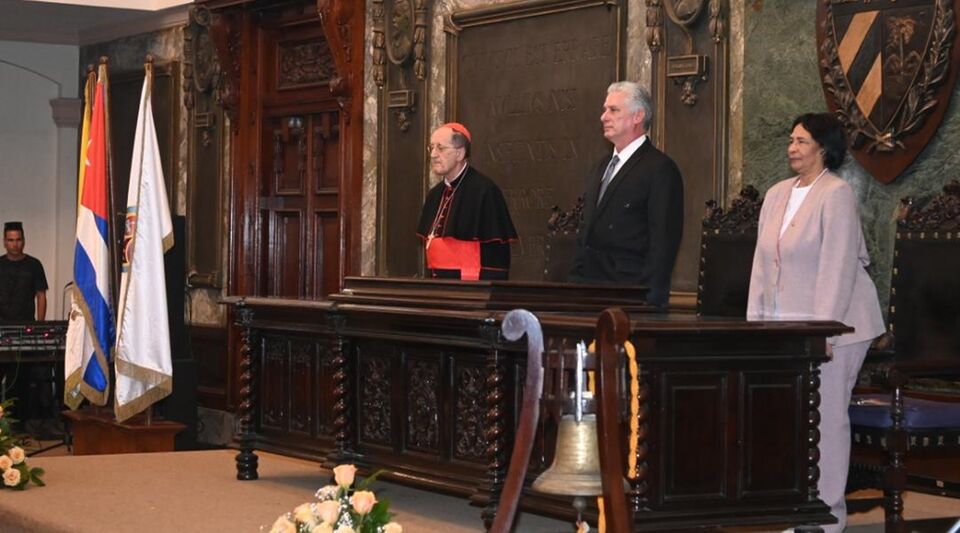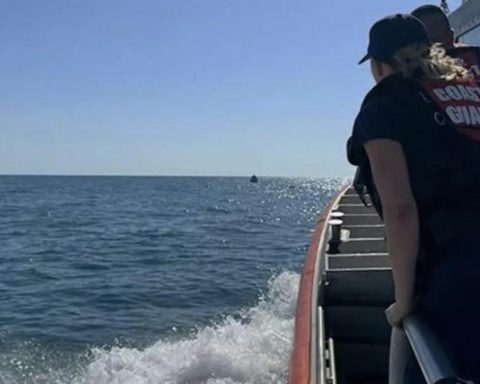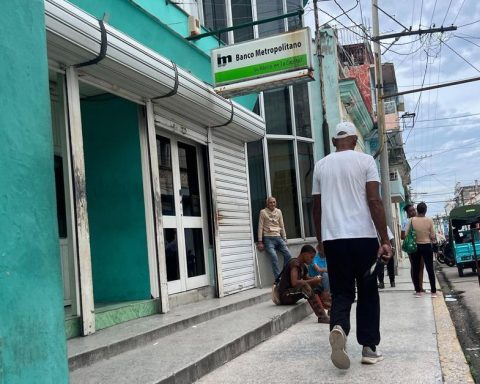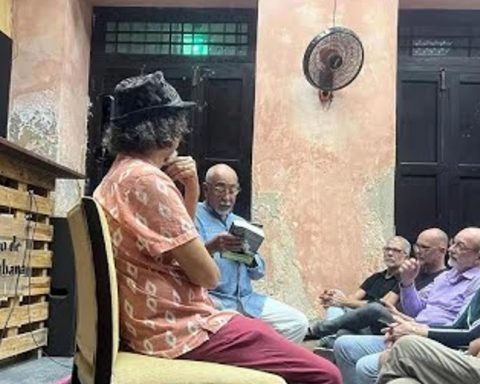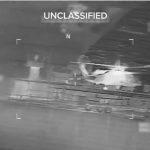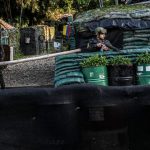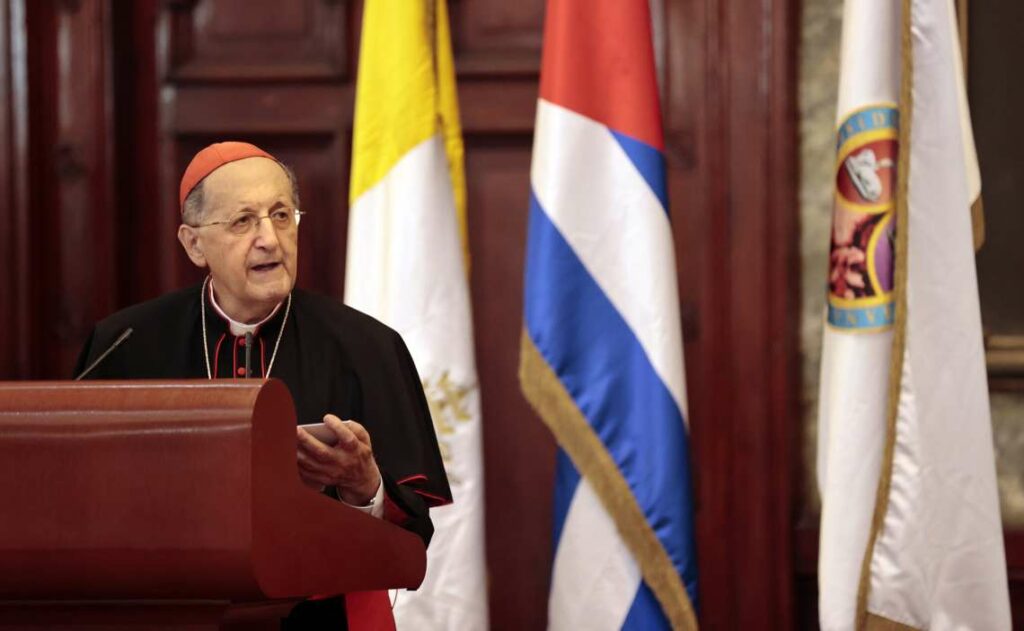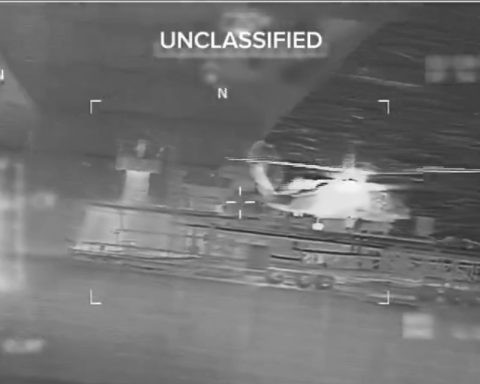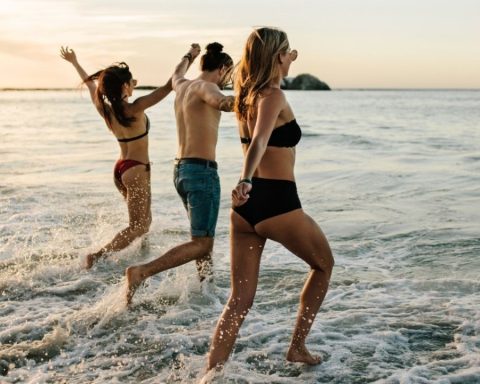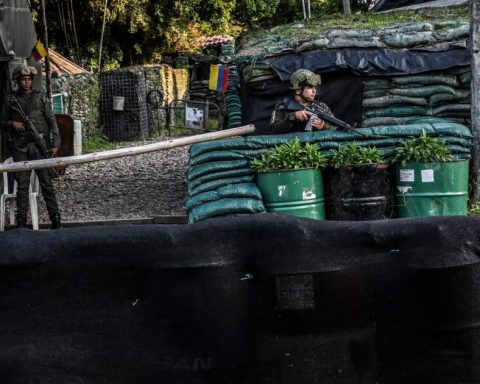Cardinal Beniamino Stella, envoy of Pope Francis, asked this Wednesday in Havana for the release of the Cubans who participated in the anti-government protests on July 11, 2021.
Stella made these statements in the last stages of her visit to Cuba, where she recalled the trip that the then Pope John Paul II made to the country 25 years ago, considered a historic gesture at the time.
“The Pope very much wants there to be a positive response” from the Cuban government to the Church’s requests for the release of the condemned protesters, the cardinal assured in statements to the accredited media on the island.
In this regard, it was considered secondary that it be legally defined as an amnesty or clemency, because “words can also be secondary.”
Cuba “must be free of all interference,” but also encourage “its children to be free men and women”
“But it is important that the young people who at one point expressed their thoughts in the way we know them can return to their homes,” he said.
The cardinal assured that during his visit to Cuba he has been able to express to the Cuban authorities this “desire” of the Church and expressed his hope that from the “useful and positive moment” that his trip has entailed “new things will be born for the people Cuban”.
Shortly before, in a speech at the University of Havana before Cuban President Miguel Díaz-Canel, Pope Francis’ envoy stressed that “freedom cannot be subordinated to any calculation of interests, circumstances, waiting for better times.”
He also added that Cuba “must be free of all interference,” but also encourage “its children to be free men and women.” Freedom, he added, has to allow material and spiritual growth.
Stella called to “promote reconciliation and fraternity” from “diversity” and not “by similarity of ideas”, and called for a “culture of encounter” that encourages the creation of “bridges” over which “to travel in common”.
In his statements to the media, the cardinal vindicated the role of dialogue, based on “kindness and respect”, both in his conversations with high-ranking Cuban officials and in relations between Havana and the United States. “Talking can find solutions,” he said.
The Vatican wants “those who have power to be able to talk to each other, to be able to listen to each other,” Stella said, because “things can come out of that that benefit the Cuban people.”
Pope Francis’ envoy stressed that “freedom cannot be subordinated to any calculation of interests, circumstances, waiting for better times”
“Hopefully (this dialogue) happens and happens soon and it becomes an important step for many advances that the Cuban people greatly need. There are things that must be done and done soon,” he added.
He also made reference to the strong migration that Cuba is currently experiencing, which has lost around 3% of its population in 2022 alone, mainly due to the severe economic crisis, but also due to political repression.
The pontiff’s envoy asked that Cubans be able to make their “desires and hopes” come true in their country and that young people realize their “dreams” there.
Pope Francis was one of the international architects of the rapprochement between the United States and Cuba that took place between 2014 and 2017, with former presidents Barack Obama and Raúl Castro, a phase known as the thaw.
However, the arrival of Donald Trump to the White House put an end to this process and even reversed it, with the application of new sanctions -in addition to those already in force- and the inclusion of Cuba on the list of countries sponsoring terrorism.
Stella asked that Cubans be able to make “their wishes and hopes” come true in their country and that young people realize their “dreams” there.
In recent months there has been a discreet and pragmatic rapprochement between the two countries in different areas of common interest, such as migration and national security, and some of Washington’s latest sanctions have been removed.
Stella arrived in Cuba on January 23 on a trip framed in the 25th anniversary of the pastoral trip to Cuba by John Paul II, the first pope to visit the island. Later, his two successors, Benedict XVI and Francisco, went to Cuba.
After a few days in Havana, in which she had the opportunity to meet with some senior officials of the Cuban government, Stella began a trip to visit all the Catholic dioceses in the country and meet with their leaders.
________________________
Collaborate with our work:
The team of 14ymedio He is committed to doing serious journalism that reflects the reality of deep Cuba. Thank you for accompanying us on this long road. We invite you to continue supporting us, but this time becoming a member of our newspaper. Together we can continue transforming journalism in Cuba.
